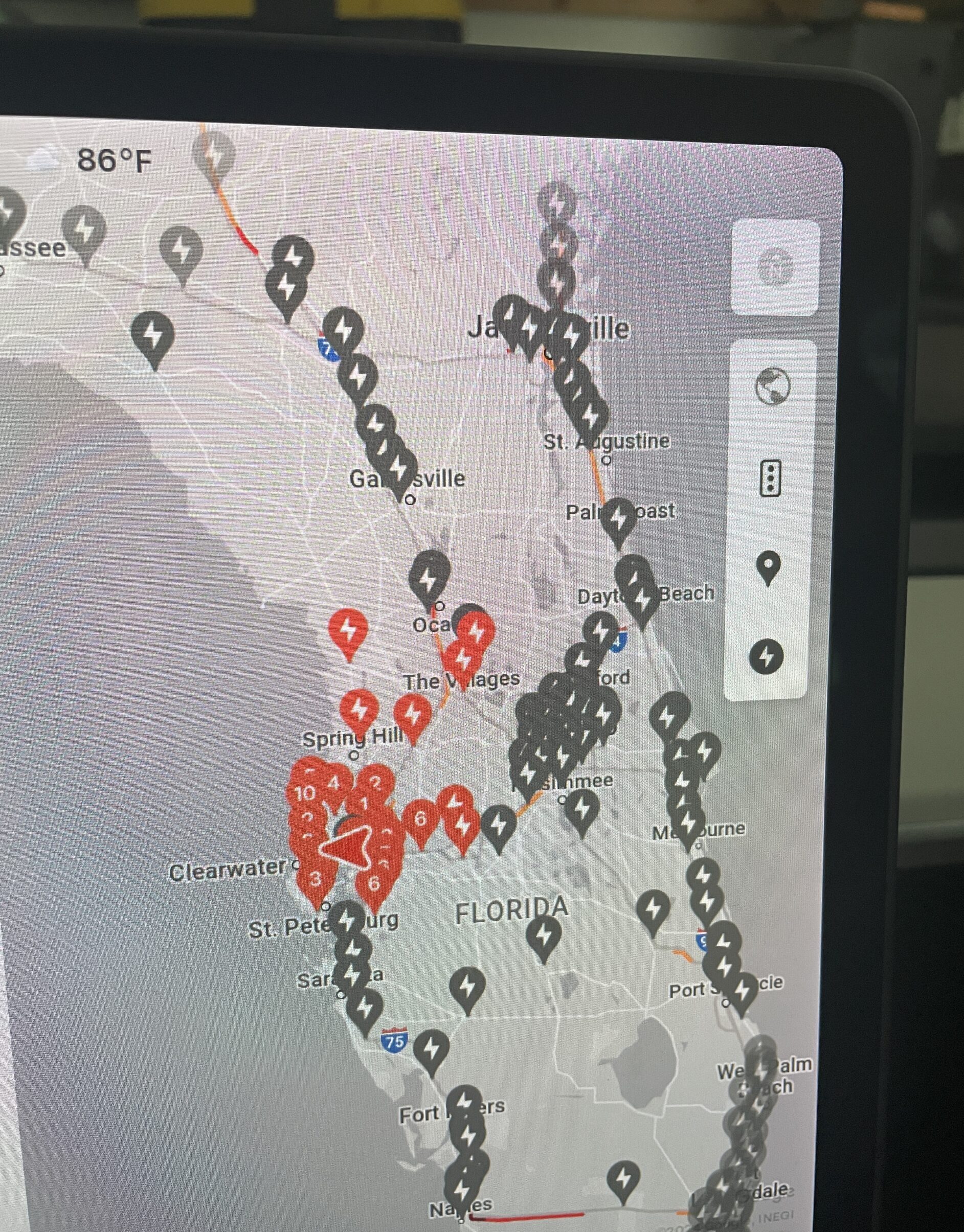
The McKinsey Global Institute aggregated a richly granular data set of micro-, small-, and medium-size enterprises (MSMEs) and large companies across 12 broad sectors, 68 level-two subsectors, and more than 200 level-three subsectors for 16 countries that account for more than half of global GDP.
In these countries, MSMEs on average have only half the productivity of large companies, and less than that in emerging economies. Raising MSMEs to top-quartile levels relative to large companies represents value equivalent to 5 percent of GDP in advanced economies and 10 percent in emerging economies.
The visual presentations that follow summarize the findings for the 16 countries in our research representing different income levels. In this group (listed by per capita GDP in 2021 in purchasing power parity terms) are ten advanced economies: the United States, Germany, Australia, the United Kingdom, Italy, Israel, Japan, Spain, Poland, and Portugal; and six emerging economies: Mexico, Brazil, Indonesia, India, Nigeria, and Kenya (click on country names to see the visual presentation for that country).
Findings by country
MSME performance varies significantly among countries—and sectors and subsectors within countries. Their economic contribution in terms of jobs and value added ranges widely, as does their contribution to economic dynamism. So does their productivity relative to large companies, and the potential to add value from narrowing those gaps.
Only a fine-grained view down to the subsector level reveals a full picture of MSME productivity and informs how best to raise it and capture value. Based on that deep intelligence, businesses and policy makers can effectively prioritize and tailor approaches, and those approaches, too, can differ from country to country.



